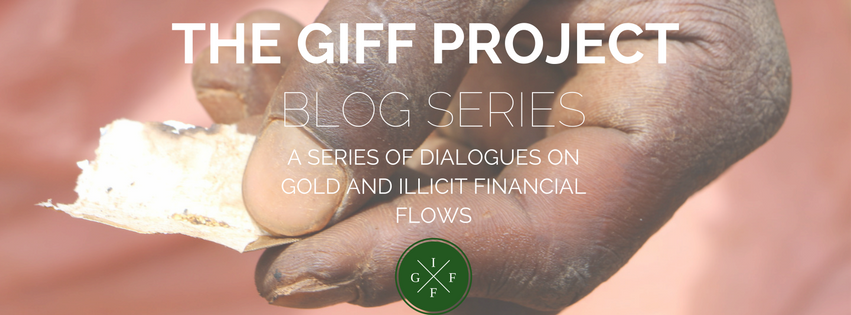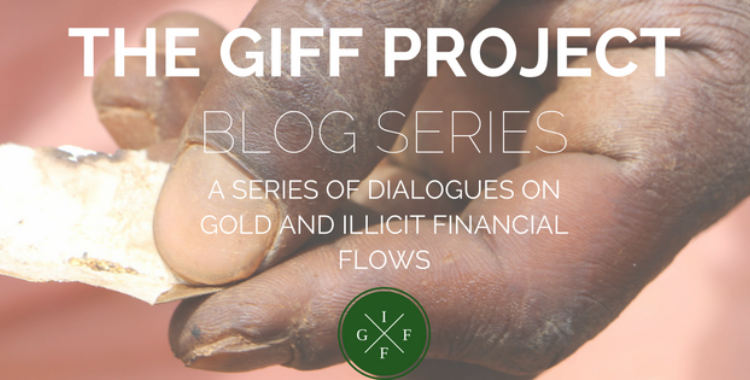
The informal economy is a pervasive and global phenomenon. It accounts for, to quote the International Labour Organisation (ILO), ‘half to three-quarters of all non-agricultural employment in developing countries.’
It is characterised by ‘often poor employment conditions associated with increasing poverty’, which can include ‘unsafe working conditions, absence of social benefits and health insurance’ for the ‘women, migrants, and other vulnerable groups of workers who are excluded from other opportunities, and have little choice but to take informal, low quality jobs.’ This description captures the conditions for the majority of artisanal and small-scale miners.
Previously, particularly before the 1990s, informal mining was practically the synonym for artisanal mining. The term ‘artisanal mining’ wasn’t even utilised. It took years to understand that ‘artisanal’ is distinctive from ‘informal’, that these terms cannot be used interchangeably, and that artisanal miners can work formally or informally; legally and illegally.
Progress towards understanding formalisation as a process
Starting in the 1990s, strong, joint efforts were undertaken by nearly all development agencies and practitioners to focus on formalisation of ASM. The inclusion of the artisanal mining sector in the formal economy was put on the agenda, as a proposed solution to the problems of the sector. It was years before it was truly comprehended that formalisation is not just about obtaining the right papers or a license: it’s a process that takes place on two levels: i) the level of the organisation and, ii) of the operation.
Formalisation of organisations consists of creating cooperatives, associations, and, where applicable, enterprises. The related legal obligations alongside this, such as paying taxes, social security, etc. are clearly framed. Formalisation of operations, the challenges arise from the legal conditions under which artisanal miners can (or cannot) obtain licenses, contracts, or permits.
Local artisanal miners cannot, needless to say, be expected to comply to the same procedures as industrial mining companies with entire departments of engineers, lawyers, and specialists. One size does not fit all. Despite a common understanding that an enabling legal environment is a necessary prerequisite to formalisation, this has been the bottleneck in most countries.
Three reasons why many formalisation attempts have failed
First, mineral laws typically consider only the industrial mining cycle. They are designed for mining companies that apply for and obtain a license, and then follow a planned sequence of prospecting, exploration, extraction, and finally, mine closure. This is not the ASM modus operandi. The ASM cycle always starts from the outset with the extraction of what is termed an open access resource and requires formalisation as the subsequent step. Many countries struggle to introduce such a dual system.
Second, mining administrations are usually structured to interact with corporate clients. They are staffed to attend a few hundred companies, not tens or hundreds of thousands of artisanal miners. A lack of institutional capacity to attend to the ASM sector results in a strong barrier, hindering formalisation of ASM.
Third, despite the above challenges, the formalisation agenda was on track until the mid-2000s. But even those countries that had made appropriate adjustments to their legal framework and had established administrative structures to attend the ASM sector, were simply ‘overrun’ by the gold and minerals rush from 2003 to 2013. Thus, in that context, where an exponentially expanding ASM sector in many countries became almost unmanageable in terms of numbers, formalisation approaches started to drift sideways.
Panic reactions and their consequence
States, instead of increasing ASM formalisation efforts proportional to the growing number of citizens involved in this activity, started to tighten formalisation requirements – attempting to curb the rush instead of controlling it. In Latin American countries, for example, with tightened requirements as part of a coordinated ‘war against illegal mining’ , many previously formal ASM operations even found that they were suddenly deemed ‘illegal’.
Where States did not fulfil their duties (enabling ASM formalisation) other actors filled the gap and gained control over the sector. In some countries it is the private sector, identifying ASM as a new, attractive business opportunity. This typically involves ordinary mining businesses incorporating ASM in their supply chain, but inevitably also some ‘black sheep’- reaping illicit profits from the vulnerable status of an ASM sector abandoned in informality. In countries with a track record of violence and insurgency however, an economic sector uncontrolled by Governments was, and still is, an easy prey for violent and insurgent groups, leading to increased trade in conflict minerals.
With an increasing number of artisanal miners unable to comply with tightened legal requirements, ASM became systematically rebranded and criminalised - in the political discourse as well as in public opinion - as ‘illegal mining’, or ‘illicit mining’. If these terms become the new synonyms for artisanal mining, we’ll have lost 30 years of development.
The victims- not the victimisers
There is little doubt, as many well documented cases have highlighted, that ASM, and even more often the minerals produced by ASM, have been abused for illicit and illegal purposes. But public policy and public opinion often overlooks one important aspect. The artisanal miners, the millions of poor ‘diggers’, don’t benefit from being abused for engaging in these illegal activities.
If these miners were criminals, they would not work under such extremely harsh conditions, risking their lives, in the most remote places. There are better places and easier career options for criminals elsewhere. The majority of artisanal miners are in this sector because of economic necessity: they aspire to a better life for themselves and their families. In this situation, the miners are in reality victims, not the perpetrators.
Unfortunately, public opinion often makes no difference between illicit mining and illicit miners. Crack downs on operations – as in Peru – fail to tackle the middlemen who are exploiting the vulnerable miners – a task that would take a couple of tax inspectors. Instead, the government employs 2,500 heavily armed marines to crack down on the miners, to burn down their camps, to destroy their belongings. And the public applauds when the victims are punished.
The importance of GIFF
The GIFF project represents a significant opportunity. The name of the project, G-I-F-F speaks about Gold and Illicit Financial Flows. It doesn’t speak about illicit mining. The project can make fundamental contributions to decriminalising artisanal miners.
Earning 10 or 15 dollars a day (or much less) by selling half a gram of gold to sustain a family is definitely not an illicit financial flow we should be worried about; it is an opportunity to escape poverty. The real illicit flows are not related with the artisanal miners or mines, but to the illicit financing, trading, or use of the product: the gold. These aspects of gold’s commercial fabric have to be addressed.
The GIFF Project can help bring us back to a genuine formalisation approach to artisanal mining, addressing the problems that ASM shares with, as ILO says, half to three quarters of all non-agricultural employment in developing countries.
Felix Hruschka is a consultant in the artisanal and small-scale mining (ASM) sector, and founder of consulting firm tbb.hru based in Leoben, Austria.
The GIFF Project is a joint initiative with the Global Initiative against Transnational Organised Crime. It enables practitioners to investigate and map financial flows linked to the ASM gold sector and strengthen programme design and policy formulation.






